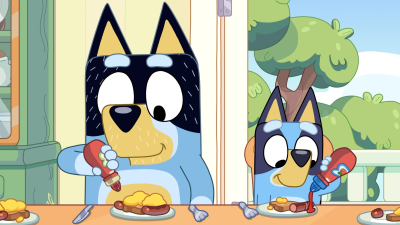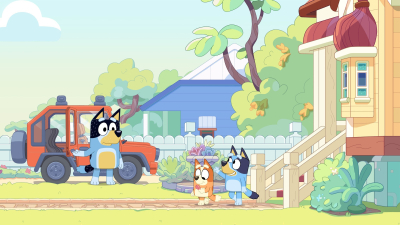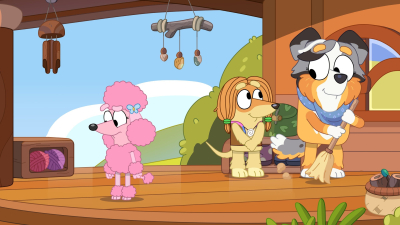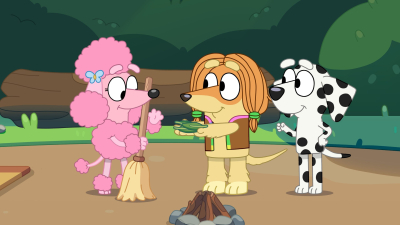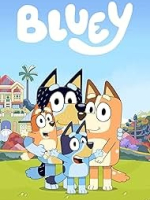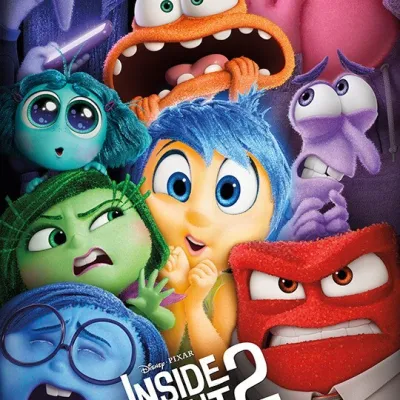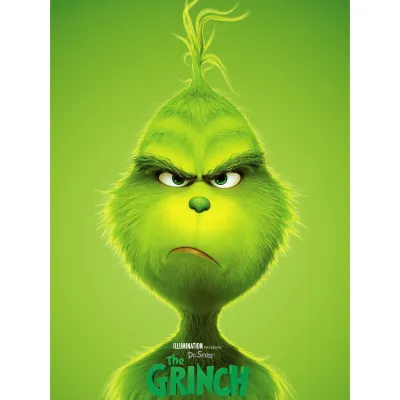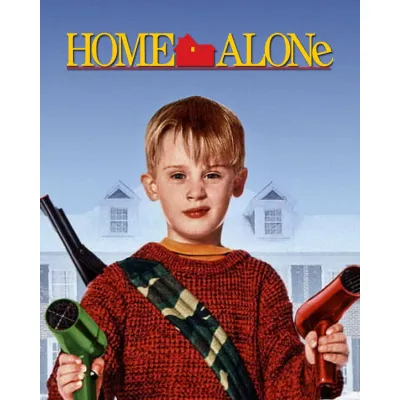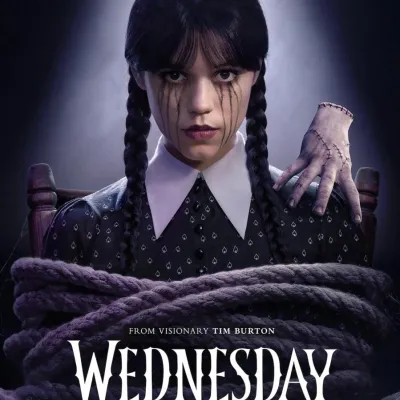Bluey
The Australian animated series Bluey has steadily captured hearts far beyond its homeland since its debut. Designed for children but possessing a charm that draws in parents and caregivers alike, this show offers a refreshing take on family dynamics. As a parent frequently navigating the landscape of children's entertainment, Bluey stands out not only as an entertainer but as an insightful observer of familial bonds.
Unlike many children's shows that fade quickly into the noise of excessive colors and frenetic pacing, Bluey takes a different path. It embraces its individuality through creative storytelling and equally engaging visuals, ensuring that it remains a standout amongst the myriad of choices available on platforms like Disney+.
History and Origins
Created by Joe Brumm, Bluey first aired in 2018 on the Australian Broadcasting Corporation (ABC) before winning the world over. Brumm drew inspiration from his own family experiences, infusing authenticity into each storyline. The series is set in Brisbane and follows a family of dogs—specifically Blue Heelers, a popular breed known for their intelligence and energy.
Brumm's previous work on shows such as Charlie and Lola and his connection with the creators of Peppa Pig clearly influenced Bluey's distinctive charm. However, he took his concept further by focusing heavily on the playful elements of childhood and the significant roles parents play in nurturing creativity.
The Allure of Bluey
What sets Bluey apart is its intuitive regard for children's inner worlds. Each episode, lasting a mere seven minutes, often centers around games imagined by the titular character, Bluey, and her younger sister, Bingo. The series delves into children's experiences with an authenticity that speaks to both the younger audience and adults reminiscing about their past.
Bluey's world is vividly depicted, a perfect blend of reality and imagination. The series takes pride in showing the constructive chaos of family life, something viewers can relate to. The animation style is clean and simple, complementing the show's storytelling approach and allowing the focus to remain steadfast on the narrative.
Characters and Dynamics
The family unit in Bluey is composed of Bluey, Bingo, and their parents, Chilli and Bandit. This quartet navigates a variety of scenarios, portraying them with humor and sincerity. Bandit's immersive engagement in playtime with his daughters is both inspirational and, at times, a little intimidating in its dedication.
Chilli, the mother, contributes a nurturing layer to the family dynamics. Her character development, especially in the latter seasons, adds depth to the parenting narrative. Her strength, compassion, and fairness make her a remarkable role model—a character parents can relate to without feeling overshadowed.
Artistry and Animation
The artistry of Bluey is nothing short of spectacular. The animation, although relatively minimalist by contemporary standards, is effective in delivering the intended emotional and visual impact. The use of vibrant colors creates an inviting atmosphere, mirroring the show's ethos of joyful exploration and discovery.
Moreover, each episode's composition is well thought out, ensuring that viewers are not only watching a story unfold but are part of an experience. This meticulously assembled world feels both familiar and whimsical, a testament to the dedication of Brumm and his team.
Personal Impressions
From the first episode, Bluey had an unmistakable impact on me, as it challenges traditional children's programming by offering layered storytelling that resonates with all ages. I find myself drawn to its simplicity—a refreshing break from the overly complex plots or moral-heavy narratives of many children’s shows.
The representation of everyday life, the optimism, and the clever humor are phenomenally executed. This show manages to craft a believable and desirable version of family life that, while aspirational, does not stray into the realm of fantasy.
The Bluey Effect
One cannot overlook how Bluey has sparked significant debate and contemplation among adult audiences, particularly concerning parenting. It raises questions about the type of engagement parents should offer their children, and introduces new standards, albeit indirectly. The dynamic between Bluey’s parents and how they facilitate playtime offers a mixture of aspiration and intimidation for real-world parents.
This analysis and introspection Bluey invites can be beneficial; it encourages viewers to reassess and perhaps improve their involvement in their children's lives. The show effectively serves as a mirror, reflecting both the joys and challenges of active parenting.
Impact of Storytelling
The storytelling within Bluey is captivating, with each episode delivering a unique takeaway. There is an emphasis on natural resolution rather than dramatic conflict, which feels both revolutionary and familiar. This approach allows children to learn organically about life’s lessons—cooperation, empathy, and resilience.
Each storyline elegantly balances creativity and real-life application. The resolution in each episode often reflects a greater understanding or lesson learned, promoting both cognitive and emotional growth for the young audience and a nostalgic reflection for adults.
Music and Sound Design
The music and soundscape of Bluey are a crucial part of its charm. The score, peppered with classical and contemporary influences, sets the tone without overwhelming the narrative. It complements the stories and can be reflective, playful, or poignant as required.
This element enriches the viewer's experience, ensuring that each episode delivers emotionally irrespective of its brevity. The synergy between story and music is expertly handled, offering cues to younger viewers to understand the emotional landscape of each moment.
Global Reach and Universality
Though it is uniquely Australian in its setting and nuances, Bluey has found universal appeal. Its themes are global, encompassing family relationships, childhood curiosity, and the joys and trials of everyday life. This universality ensures that wherever it is watched, its core messages resonate.
The decision by Disney to retain the original Aussie accents further emphasizes its authenticity, offering a refreshing change from the re-dubbed versions often imposed on international shows. It respects its origins while warmly inviting a global audience to join in.
Reception and Accolades
With a multitude of awards and a robust fan base, Bluey has resonated deeply with audiences. Its acclaim includes an International Emmy and recognition from some of the most esteemed media critics worldwide. This widespread appreciation cements its place as a high-caliber children's show.
It is not just the accolades and viewer numbers that speak to its success but the conversation it inspires among viewers—both children and their caregivers. This engagement is indicative of a show that transcends mere entertainment.
Cultural Reflection and Influence
In many respects, Bluey reflects a cultural zeitgeist that values sincerity and thoughtfulness. Its presence in cultural conversations reflects an appetite for more insightful, quality children's programming—content that celebrates imagination and empathy.
Not just content with entertaining, Bluey encourages introspection and dialogue among its viewers. It prompts us to consider our roles in family dynamics and the ways in which we foster these relationships.
The Role of Play
The role of play, especially in Bandit's interactions with Bluey and Bingo, is central to the show. It affirms that play is not merely a pastime for children but an essential component of their learning and development. Bluey portrays this with authenticity and humor.
This portrayal encourages us as adults to prioritize and value these everyday adventures. It reveals how much can be learned through creative play and reaffirms its crucial role in childhood development.
Potential Critiques
While Bluey garners praise, it also opens the door to self-reflection that some parents may find challenging. The depiction of Bandit's seemingly boundless creativity and engagement can feel daunting. Could we ever live up to such standards?
However, this critique is more an opportunity than a flaw. It calls upon viewers to adapt what they see to their personal circumstances, allowing Bluey to inspire rather than pressure. Each family can find what resonates best for them.
Conclusion
Reflecting on Bluey, I find it to be more than just another animated TV show. It is a cultural phenomenon that has succeeded in making substantial contributions to how family life is portrayed on screen. It offers whimsical stories with depth, making it both engaging and thought-provoking.
Whether viewed as a parent seeking a deeper connection with one's children or simply as an audience member thirsty for quality storytelling, Bluey delivers consistently. It is art and entertainment intertwined, leaving both children and adults eager for more adventures with the cheerful Heeler family.
